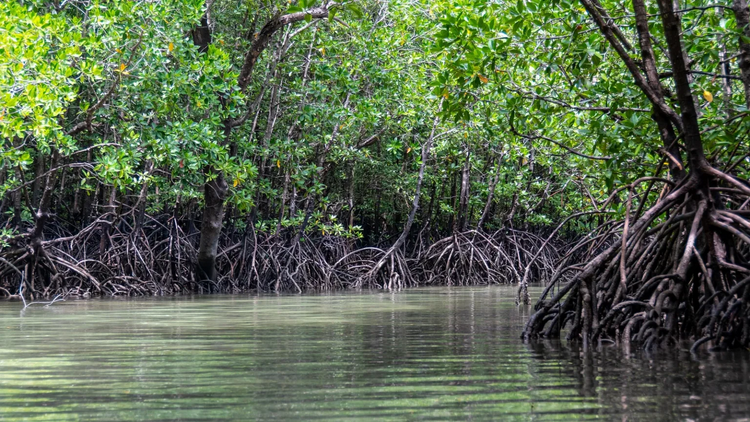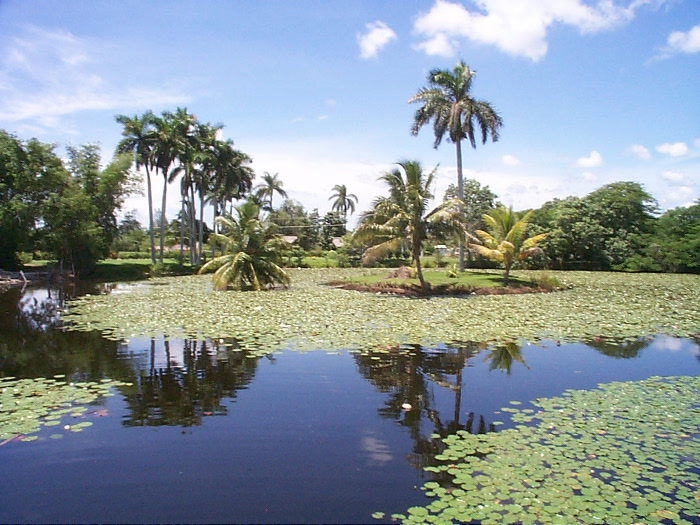 Guantánamo.- Cuba highlights its significant achievements in mangrove protection throughout its archipelago—particularly in Zapata Swamp, the largest and best-preserved mangrove area in the insular Caribbean. This vast wetland is home to four types of mangroves.
Guantánamo.- Cuba highlights its significant achievements in mangrove protection throughout its archipelago—particularly in Zapata Swamp, the largest and best-preserved mangrove area in the insular Caribbean. This vast wetland is home to four types of mangroves.
Recognized as a vast Biosphere Reserve spanning over 6,000 square kilometers, Zapata Swamp hosts a rich diversity of species that are a source of national pride.
On this important date, the international community is urged to take action against climate change, which continues to exacerbate environmental issues and poses serious challenges to sustainable development.

Guantanamo.- In response to these challenges, the Cuban State is strengthening its environmental protection policies and promoting the sustainable management of natural resources, recognizing their deep connection to economic and social development. These efforts aim to encourage a more rational way of life while ensuring the survival, well-being, and safety of present and future generations.
Cuba has formed a strategic alliance over several decades with the United Nations Development Program (UNDP), the Global Environment Facility (GEF), and other international partners. This collaboration has led to notable achievements, including the establishment of protected areas covering the country’s most important ecosystems, as well as the enhancement of institutional, scientific, and technical capacities that support informed decision-making in response to sudden changes in habitats.
The mangrove ecosystem specifically benefits from various protection projects and resources aimed at halting degradation, a strategy that is also applied to other ecosystems. The objective is to promote the rational and sustainable use of these dynamic systems, which consist of plant, animal, and microbial communities interacting with their non-living environment, functioning as a single unit that supports human life.
Mangroves are critically important due to their freshwater outflows, which sustain interconnected aerial, terrestrial, and underwater habitats. In some regions, mangrove forests can reach heights of up to 25 meters, thanks to the freshwater and nutrients that the ecosystem provides. These forests also produce large amounts of sediment, creating a rich and diverse habitat for wildlife.
It is widely recognized that the submerged roots of mangroves offer shelter and food for countless fish and invertebrate species. Additionally, mangroves play a crucial role in protecting coastlines from erosion caused by waves, winds, and ocean currents.
Therefore, there is a constant call to preserve and responsibly expand these ecosystems, therefore the International Day for the Conservation of the Mangrove Ecosystem, is celebrated annually on July 26,.
Let’s protect the mangroves because they are essential to life.
Translated by Luis E. Amador Dominguez